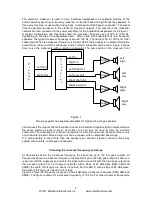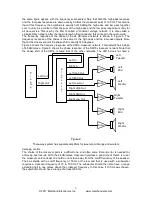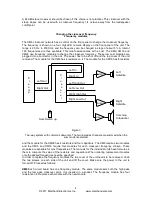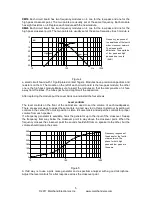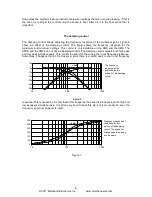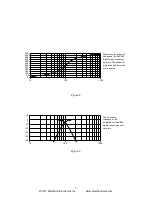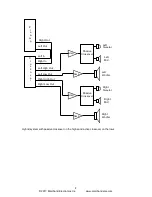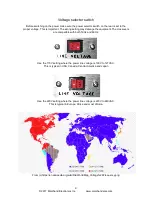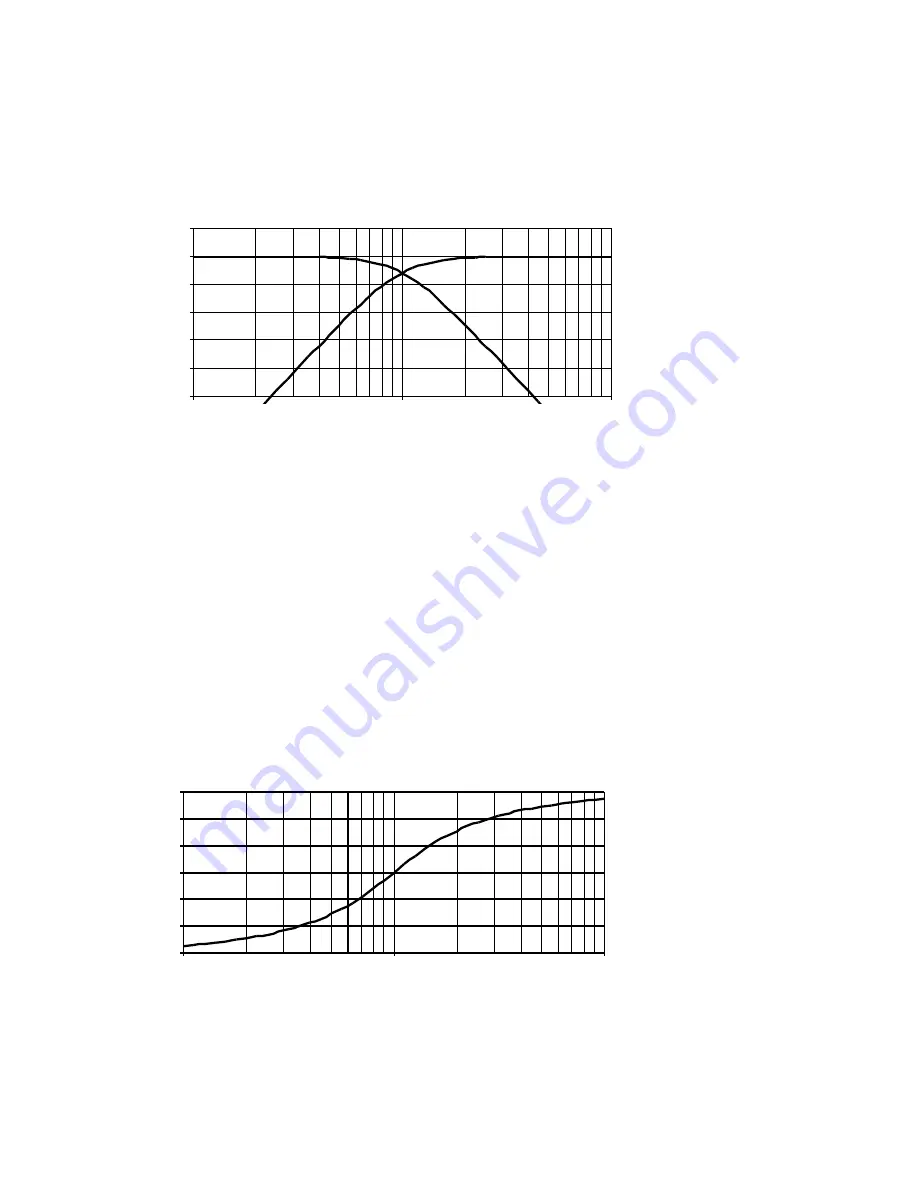
XM16
Each circuit board has two frequency modules on it, one for the low pass and one for the
high pass crossover point. The two points are usually set at the same frequency. Each module
has eight resistors on it. Replace each module with the new module.
XM26
Each circuit board has two frequency modules on it, one for the low pass and one for the
high pass crossover point. The two points are usually set at the same frequency. Each module is
a small circuit board with 10 gold plated contact fingers. Modules have precision capacitors and
resistors on them. The module on the left of each circuit board is the low-pass module; the other
one is the high pass module. Make sure to insert the modules so that the components on it face
away from the tubes. The tubes get hot and might melt the capacitors.
After replacing the module put the cover back on and install the four screws.
Level controls
The level controls on the front of the cabinet are used to set the volume of each loudspeaker.
There are several ways to adjust these controls. A good way to do this is to start out by setting all
controls in the center (12 o’clock) position. Listen to some music and adjust the controls for proper
volume from each speaker.
If a frequency generator is available, hook the generator up to the input of the crossover. Sweep
the frequency from way below the crossover point to way above the crossover point. When the
frequency crosses the crossover point the sound should shift from on speaker to the other, but the
volume should remain the same.
A third way is to use a pink noise generator and a spectrum analyzer with a good microphone.
Adjust the level controls for a flat response across the crossover point.
© 2017 Marchand Electronics Inc. www.marchandelec.com.
5
-50
-40
-30
-20
-10
0
10
10
100
1000
dB
Hz
Low pass
High pass
Frequency response of
the amplitude of the fourth
order crossover netw ork.
The slopes are 24
dB/octave. The amplitude
of low pass and high
pass add up to unity
(0 dB).
Figure 4
0
60
120
180
240
300
360
10
100
1000
Frequency response of
the phase for the fourth
order netw ork. The
phase for both high
pass and low pass are
the same.
Figure 5


